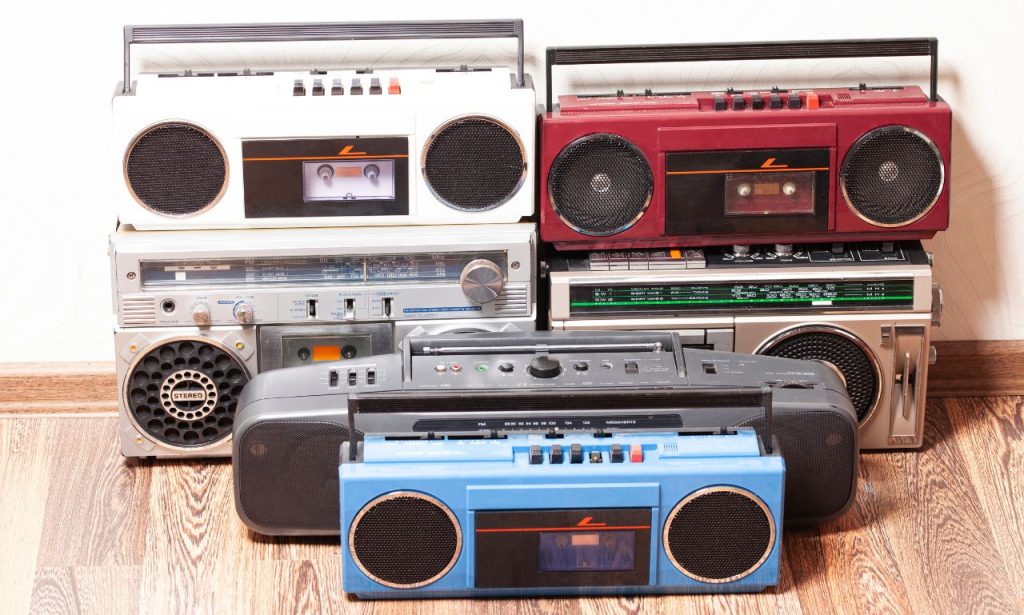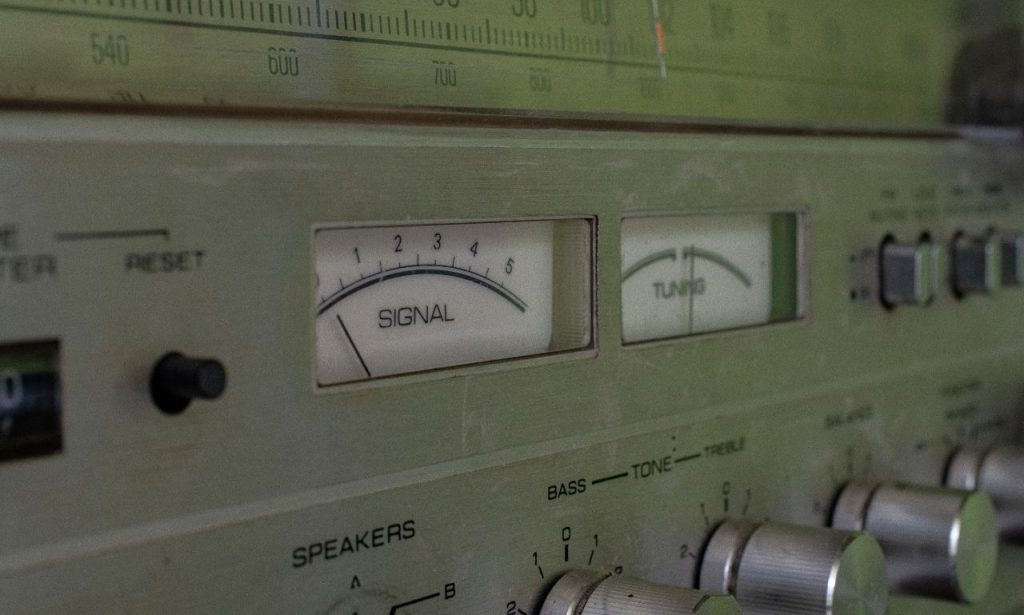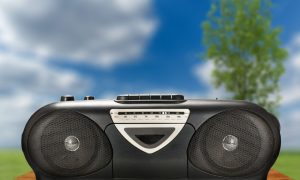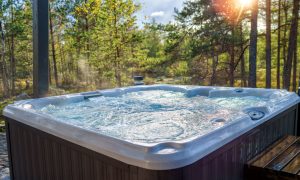Remember the warm, rich sound of your old stereo system? Those vintage receivers, turntables, and speakers might be gathering dust in your basement, but they don’t need to end up in a landfill! As someone who’s helped countless friends repurpose their audio gear, I’ve discovered incredible potential in those retro components.
Whether your equipment still works perfectly or has seen better days, this guide will walk you through practical, environmentally friendly options for giving your beloved stereo equipment a second life. From donation and recycling to creative DIY projects, you’ll find the perfect solution for your situation.
Donate Working Stereo Equipment

Many community centers, schools, and charitable organizations welcome audio equipment donations.
Schools often need audio equipment for music and drama departments. Community centers can use stereo systems for events, classes, or recreational activities. Religious organizations might appreciate audio equipment for their services or community gatherings.
Before donating, make sure your equipment is clean and in working condition. Include any necessary cables, remote controls, or manuals you might have kept. Call ahead to confirm the organization accepts electronic donations, as some have specific policies about what they can receive.
I recently helped my uncle donate his pristine 1980s Pioneer receiver and speakers to a local youth center. The staff was thrilled to replace their broken system, and my uncle visited a few weeks later to see teenagers enjoying music through his former equipment. The joy on his face was priceless!
Recycle Old Stereo Equipment
If your stereo equipment no longer works or isn’t suitable for donation, recycling is the environmentally responsible choice. Electronic waste contains valuable materials like copper, aluminum, and gold that can be recovered and potentially harmful substances that shouldn’t end up in landfills.
Many communities offer electronic recycling programs through their waste management departments. Retailers like Best Buy also accept electronics for recycling, regardless of where you purchased them. Some manufacturers have take-back programs for their products.
Before recycling:
- Remove any batteries (they may need to be recycled separately)
- Delete any personal data if applicable (like stored radio stations)
- Check if your community has special collection days for electronics
When searching for recycling options, use terms like “electronics recycling” plus your zip code to find convenient drop-off locations. Many recycling centers will accept stereo equipment for free, though some may have fees for certain items.
Sell or Trade-In
Your “outdated” stereo equipment might be precisely what someone else is searching for! Vintage audio gear has grown in popularity, with many audiophiles seeking out older components for their unique sound qualities and build quality.
Online marketplaces like eBay and Reverb specialize in audio equipment and can connect you with buyers worldwide. Local options like Craigslist, Facebook Marketplace, or neighborhood apps eliminate shipping hassles. Specialty audio shops sometimes buy used equipment or offer trade-in value toward new purchases.
When selling your equipment:
- Research current market prices for similar items
- Be honest about your condition and any issues
- Include clear photos from multiple angles
- List all included accessories and original packaging if available
I was shocked when a friend’s 1970s receiver sold for nearly $400 online! The buyer specifically wanted that model for its warm sound characteristics and was thrilled to find one in good condition. Sometimes, what we consider outdated technology is sought-after vintage equipment by enthusiasts.
Build an Outdoor Audio System

If your old stereo equipment still works but doesn’t match your indoor decor, consider creating an outdoor listening area! With weatherproofing and creative installation, you can enjoy music in your garden, patio, or garage.
For this project, you’ll need:
- A receiver or amplifier
- Speakers (preferably ones you don’t mind exposing to temperature changes)
- Speaker wire
- A weatherproof enclosure for the electronics
Mount the speakers under eaves or in protected areas to shield them from direct rain and sunlight. House the receiver/amplifier in a ventilated, weatherproof cabinet, or bring it indoors when not in use. Consider running the wires through the conduit to protect them from the elements.
This setup is perfect for backyard gatherings, gardening sessions, or relaxing evenings under the stars. Just be mindful of neighbors when setting volume levels!
Create a Vintage Radio Experience
There’s something special about vintage audio equipment’s warm sound and tactile experience. If your old stereo components still work, consider creating a dedicated listening station that celebrates the analog experience.
Set up a comfortable chair next to your turntable and receiver, organizing your vinyl collection for easy browsing. Add good lighting for reading album covers and a small table for a drink while you enjoy your music library. This creates an intentional listening experience quite different from today’s background streaming audio.
For those with vintage receivers featuring AM/FM tuners, rediscover the joy of radio listening! Local stations, public radio, and specialty programs offer curated content you might not find in your collection.
This setup isn’t just about nostalgia—many audiophiles believe specific vintage equipment produces warmer, more natural sound than modern digital alternatives.
Convert Them into Wireless Audio Devices
You can bridge the gap between your vintage audio equipment and modern streaming services with a few affordable accessories. This gives you the best of both worlds: the sound quality of your trusted components with the convenience of wireless technology.
To modernize your system, consider adding:
- A Bluetooth receiver adapter ($20-$50) connects to your amplifier’s auxiliary input
- A Wi-Fi streaming device like Chromecast Audio (if you can find one) or similar products
- A phono preamp if connecting a turntable to modern equipment lacking a dedicated phono input
These simple additions let you stream music from your phone or computer through your vintage system. Many audiophiles prefer this hybrid approach, using modern sources with vintage amplification and speakers for superior sound quality.
Create a DIY Home Theater Setup

Your old stereo components can form the foundation of an impressive home theater system that might outperform many modern “home theater in a box” solutions. Vintage amplifiers often deliver more power and cleaner sound than budget modern alternatives.
To transform your stereo equipment into a home theater setup:
- Connect your TV’s audio output to your receiver (you may need a digital-to-analog converter)
- Position your speakers appropriately for surround sound effects
- Add a subwoofer if your system doesn’t include robust bass
- Consider a universal remote to control everything from one device
This approach gives movies and TV shows a sonic upgrade, revealing sound details you might have missed with built-in TV speakers. The immersive audio experience transforms your viewing experience without the cost of all-new equipment.
Conclusion
Your vintage stereo equipment deserves better than collecting dust or ending up in a landfill. Whether through donation, recycling, selling, or creative repurposing, numerous ways exist to extend its useful life or ensure its components are correctly recovered.
By finding the right solution for your old audio gear, you’re not just decluttering your space—you’re potentially sharing the gift of music with others, contributing to environmental sustainability, or creating new experiences in your home.
Remember that yesterday’s technology often has enduring value, whether through the quality of its components, the warmth of its sound, or the memories attached to it. With a bit of creativity, your old stereo equipment might still have its best days ahead!
ALSO READ: Can You Sell Part of Your Property?
FAQs
You have several options depending on the condition of your equipment: donate it to schools, community centers, or charities; recycle it responsibly; sell or trade it to enthusiasts; or repurpose it for outdoor audio, a vintage listening station, wireless streaming, or home theater use.
Absolutely! Many vintage stereo components have retained or increased value, especially well-made receivers, amplifiers, and turntables from respected brands. Audiophiles and collectors actively seek specific models for their sound quality and durability. Research your equipment online to gauge its potential worth before disposing of it.
Not necessarily. If it still works and you enjoy the sound, consider integrating it with modern technology using Bluetooth or Wi-Fi adapters. If it’s taking up space you need or no longer serves your needs, explore donation, selling, or recycling options rather than sending it to a landfill.
Never throw electronic equipment in the regular trash. Instead:
For working equipment: donate, sell, or give away
For non-working equipment: take to an electronics recycling center, participate in manufacturer take-back programs, or use retailer recycling services
Remove batteries before recycling (they often need special handling)
Check your local waste management guidelines for specific instructions




